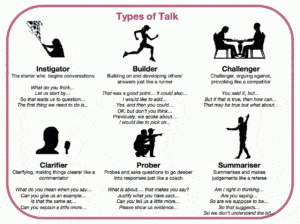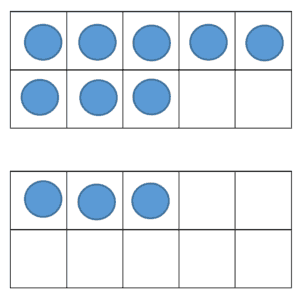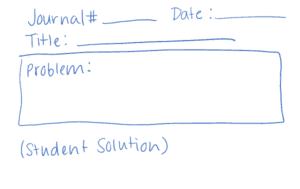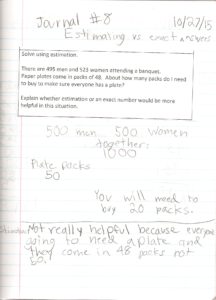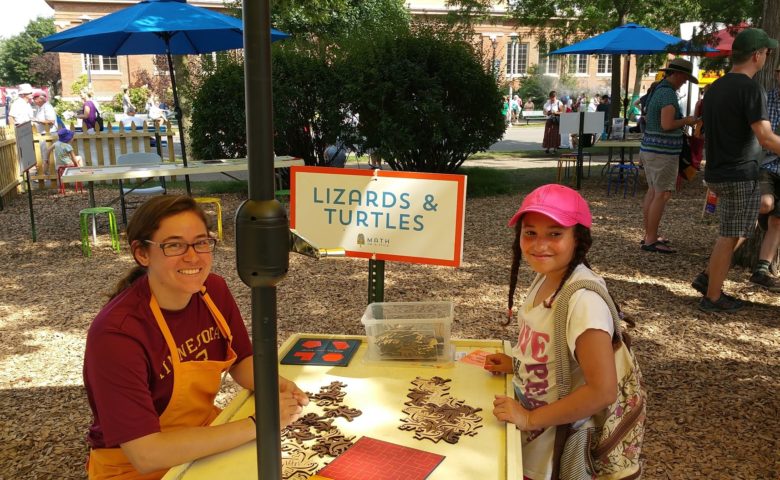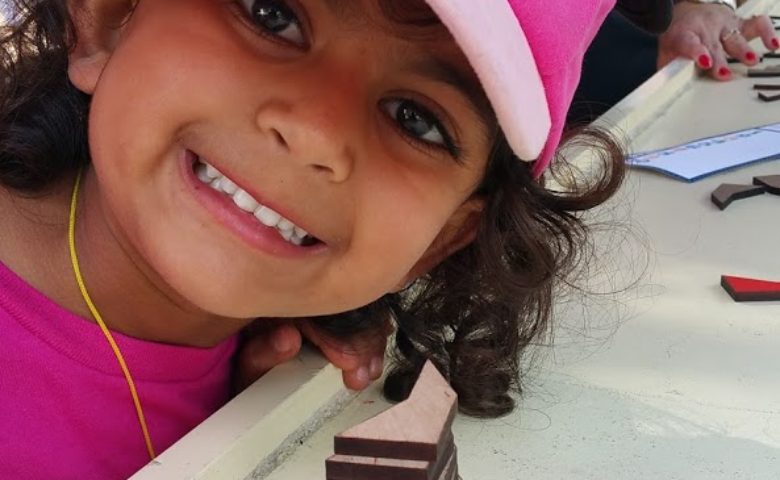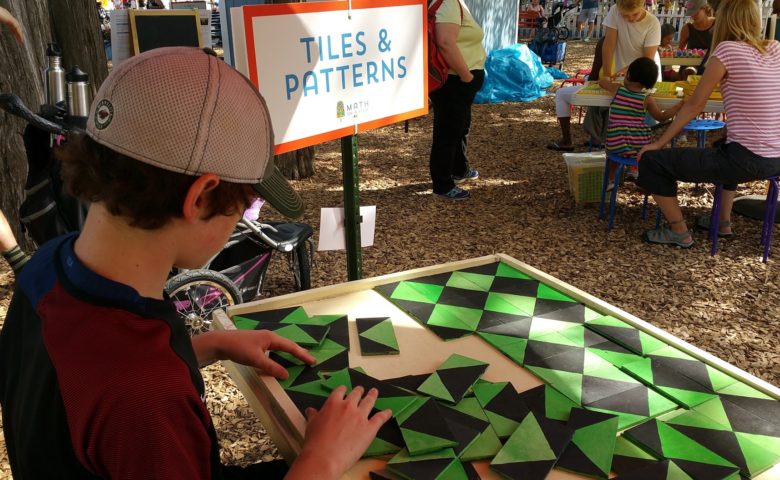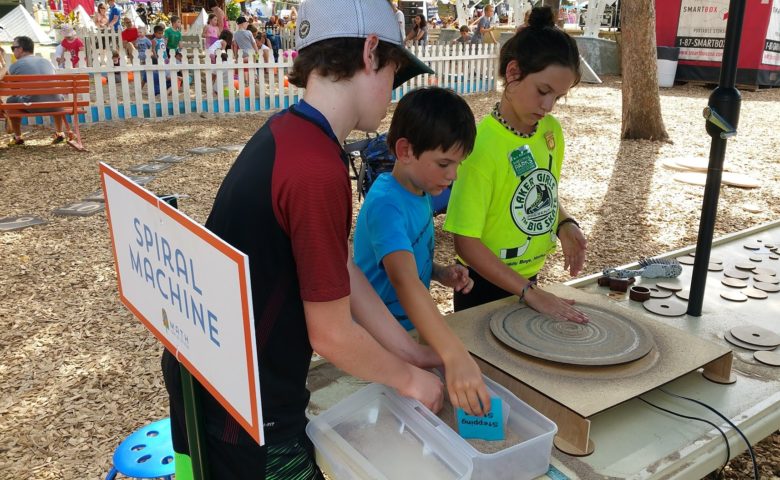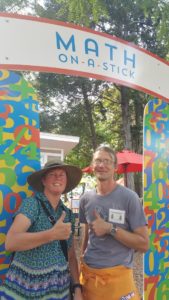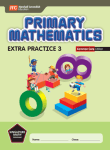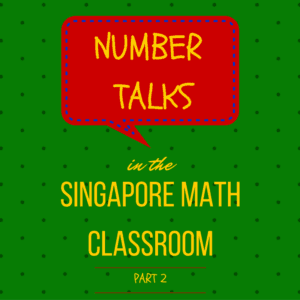 From our previous post on Number Talks, we explained how to establish a safe and respectful classroom environment and shared examples of appropriate topics of Number Talks in Kindergarten through 5th grade. Read Part 1.
From our previous post on Number Talks, we explained how to establish a safe and respectful classroom environment and shared examples of appropriate topics of Number Talks in Kindergarten through 5th grade. Read Part 1.
Number Talks in Action
Environment plays a key role. Students should gather at a designated meeting area in the classroom away from writing materials or have writing materials tucked away if working at desks. I’ve allowed students to sit on top of desks just for this purpose.
The following outlines the flow of a Number Talk.
| Teacher: | Students: |
| Teacher writes 27 + 18 on the board. “When you have found one way to solve it hold up your thumb. If you can think of a second way to solve it, add a finger.” | Holding up their thumbs if they have found a strategy to solve the problem. Adding in fingers for each additional strategy they come up with. |
| Teacher: | Students: |
| “Let’s share answers.” Teachers records all answers, right or wrong. | “48, 47, 45” |
| Teacher: | Students: |
| “Would anyone like to argue for or against one of the answers?”
Teacher records strategies on the board as students share, and labels them with numbers and/or student names. |
“I agree with 45 because I know I need to add 2 to 18 to make it 20, and I can get the 2 from the 27 which leaves me with 25 to add to 20, which makes 45.”
“I disagree with 48 because you would need to add 30 to 18 to make 48 and you only have 27.” “I disagree with 47 because you would need to add 20 to 27 to get 47 and we only have 18.” “I also agree with 45 because I know that 20 and 10 makes 30 and 7 and 8 makes 15 and 30 and 15 is 45.” “I also agree with 45 because I know I need to add 3 to 27 to make it 30. I can get 3 from 18 which leaves me with 15 and 30 and 15 is 45.” |
| Teacher: | Students: |
| “It looks like we have 3 strategies that work to get us the answer of 45 and are able to disprove the other two answers. Can we all agree that 45 is the answers?”
“If you had a similar problem to solve, show with your fingers, would you choose strategy 1, 2 or 3?” Teacher could use this time to discuss efficiency of strategies. |
Students hold up 1, 2 or 3 fingers to choose their strategy of choice. |
| Teacher: | Students: |
| Teacher writes 38 + 23 on the board.
“I want everyone to use strategy 3 (or other strategy of teacher’s or student’s choice) to solve this problem. “When I count down from 3, say the answer. 3-2-1…” Teacher clarifies any remaining confusion, if necessary. |
Students holding up thumbs and fingers when they have solved the problem and say answer when prompted by the teacher. |
Looking for a way to deepen number sense, build confidence and celebrate different ways of thinking? Then, give Number Talks a try! Please comment and share your experience.

